The Mekong Delta is struggling to find a way to repay the "previous loan" from the Mekong River.
Late at night in June, the boat carrying the reconnaissance team from the Environmental Crime Prevention Police Department of Ben Tre Province Police glided smoothly on the river in Long Thoi Commune, Cho Lach. The reconnaissance team chose a discreet location to "hide their troops", turning off all devices that could emit light. The night was pitch black and silent. The whole team was silent, waiting.
At 1 a.m., three wooden boats and two iron ships carrying more than 120 cubic meters of sand appeared from afar. The scouts started the boat engines and suddenly launched a surprise attack. Seeing the police, the group of "sand bandits" shouted to each other and threw themselves into the river, disappearing into the dark night. In a moment, only the 51-year-old man remained of the three wooden boats.
"Those who jumped into the river without hesitation have likely been administratively punished. If they violate the law a second time, they will be criminally punished, so they are reckless. Sand pirates also have a ship dedicated to rescuing this group," a scout recounted the "hunt" for illegal sand miners.
For many years, sand has been the most coveted commodity in the Mekong Delta as demand far exceeds supply. The country's demand for construction sand is about 130 million m3, while the amount of licensed exploitation is only 62 million m3 per year - equal to 50% of the demand, according to calculations by the Institute of Construction Materials, Ministry of Construction.
The figures do not include the amount of sand illegally mined. Sand being scooped up in the lower Mekong is still a "blind spot" for authorities. For example, on August 15, the Ministry of Public Security prosecuted 10 officials and business representatives in An Giang for allegedly colluding to mine three times more than the license - 1.5 million m3 were licensed but 4.7 million m3 were actually mined.
Faced with the massive sand mining situation while alluvium was decreasing, in 2009, Vietnam banned the export of construction sand for the first time, only allowing the sale of saline sand from dredging estuaries and seaports abroad. In 2017, the Government decided to ban the export of all types of sand.
However, these actions are still not enough to pay off the accumulated debt that humans have "borrowed" from the river over the years.
The Mekong Delta is "sinking deeper" into debt.
Sand Bank
“Think of sand as money and the river as the bank. Humans are the borrowers, and we are now deeply in debt, having taken more than the river can naturally replenish,” said Marc Goichot, WWF Asia-Pacific Freshwater Programme Manager.
Comparing the river to a sand bank, this expert explains that the input revenue is the amount of sand deposited for thousands of years at the bottom of the river (sediment) and alluvium flowing from upstream (about 15% is sand). This is called the existing reserve.
The bank's regular expenditure, which is usually very small, is the amount of sand that is pushed out to sea by the currents, deposited into sand dunes along the shore, creating a "wall" of underground waves to protect the coast and mangrove forests. Most of the remaining sand is exploited by humans for development investment, because this is the best source of raw materials for construction.
When this bank account is positive or equal to zero, meaning revenue is greater than or equal to expenditure, the bank reaches a state of equilibrium, indicating sustainable sand mining. On the contrary, a "hollow" riverbed, meaning the bank is short, will create many deep holes causing landslides.
In fact, the Mekong Delta's balance sheet is in the negative and is likely to remain so. A huge amount of sand is trapped behind hydroelectric dams in upstream China, Laos and Thailand, so the more the Mekong Delta mines, the less sand there will be.
"Currently, the reserve account has only 10 years left before the delta runs out of sand. If we do nothing to increase input revenue and reduce output expenditure, the Mekong Delta will disappear," Mr. Goichot warned.

"One of the reasons why the Mekong Delta is in debt is because it cannot calculate how much money the sand bank actually has," explained Dr. Nguyen Nghia Hung, Deputy Director of the Southern Institute of Water Resources Research (SIWRR).
Having consulted for many years in the Western provinces, he said that the current basic technique of localities is to use depth gauges and geological drilling, take samples of the riverbed and then estimate the existing reserves. This is often the input basis for the province to build a sand mining plan. However, this method does not calculate the amount of sand flowing from upstream each year.
According to experts, measuring the sand moving under the riverbed (including bottom mud, suspended sand and alluvium) is "extremely difficult", requiring very high technology and large financial resources, "beyond" the local level. The world has hundreds of different formulas and calculation experiences and there is no common denominator for all. Each river has its own way of calculating.
To solve the above problem, the World Wildlife Fund in Vietnam (WWF - Vietnam) is developing a sand management tool in the Mekong Delta from the idea of "sand banks", the first test in the world. The project surveys 550 km of Tien and Hau rivers to determine the current sand reserves at the riverbed, and estimates the average annual sand exploitation in the period 2017-2022 using satellite image analysis. The results of this calculation will be a scientific basis for localities to consider the appropriate exploitation level, making more accurate decisions in river sand management.
"This tool will help the Mekong Delta's sand bank not become more negative, and partly repay the river's debt," said Mr. Ha Huy Anh, National Manager of the Mekong Delta Sustainable Sand Management Project (WWF - Vietnam), and hopes to reduce riverbank and coastal erosion, saltwater intrusion, and high tides - the "man-made disasters" that people are suffering.
Build "castles" in the sand
To protect this delta, from 2016 to now, the Government has spent nearly 11,500 billion VND to build 190 anti-erosion works along 246 km of the Mekong Delta. 4,770 billion VND is being prepared to invest in 28 more river and coastal embankments.
However, proportional to the number of newly built embankments, the number of landslides has increased. In the first seven months of this year, the delta region has witnessed as many landslides as in the whole of 2022.

After more than three years of use, the 3 km embankment protecting the Tien River bank (Binh Thanh market, Thanh Binh district, Dong Thap) has eroded four times, losing 1.3 km. This is a testament to the ineffective construction of embankments in the West, according to Dr. Duong Van Ni, lecturer at the Faculty of Environment and Natural Resources - Can Tho University.
"Provinces are abusing embankment construction, like pouring money down the drain because investment in projects will never stop, in the context of continued erosion of the delta," he said, calling embankment construction to protect eroding coastal areas "very unscientific."
According to him, the embankment is like a "castle" on sand. In a short time, these massive structures will collapse again.
Explaining further, Master Nguyen Huu Thien, an independent expert in the Mekong Delta, said that engineering solutions such as building embankments are very expensive, and not always good. Because the riverbed has natural deep holes, if we intervene in the form of engineering, it is against the law.
"The more money we pour in, the more the structures collapse. We can never afford to keep up with landslides," he said. Engineering solutions such as building embankments should only be implemented in vulnerable areas that must be protected at all costs, such as urban areas or densely populated areas.
With 20 years of experience researching deltas, Mr. Marc Goichot also believes that the most economical and effective way is to utilize sand to protect the river in a natural direction.
"Many deltas in the world have tried and failed with the dike solution. The Mekong Delta should not repeat this mistake," he said.
Experts cite the example of the Rhine Delta (Netherlands), where dykes were built 50-70 years ago, but are now being dismantled to allow water to flow into the fields. The silt will follow the water into the fields, depositing and building the resilience of the river.
Similarly, in the Mississippi Delta (USA) - which is eroding and subsiding faster than the Mekong Delta, the Government is urgently removing dikes so that sediment can move into the delta. He emphasized that artificial infrastructure is expensive, has little protection effect, and reduces the biodiversity of the river.
"Our advantage is knowing it earlier," he said, recommending that Vietnam take a natural approach to allow river banks to recover naturally, instead of using artificial impacts.

Immigration dilemma
While engineering solutions are expensive and cannot protect against all risks, experts say the first priority is to relocate, resettle and stabilize the livelihoods of people in landslide areas to reduce damage.
However, this solution is a difficult problem for the West. According to the Department of Dyke Management and Natural Disaster Prevention and Control, there are currently about 20,000 households living along high-risk rivers that need to be urgently relocated in the provinces of Dong Thap, An Giang, Vinh Long, Ca Mau, and Can Tho City - the most serious landslide areas. All are waiting for the Central Government to support because the capital of tens of thousands of billions of VND is "beyond" the capacity of the localities.
Meanwhile, Dr. Duong Van Ni said that lack of money is not the only cause, but that the government is not determined enough.
"The delta does not lack land for people to build houses to stabilize their lives, why let them build along the river and then every year complain about landslides and losing their houses?" he asked.
Experts say that people continuing to develop houses along rivers and canals shows that the locality is not determined enough, does not consider landslides an urgent problem, and does not do a good job of propaganda so that people understand and comply.
"People still think the riverbank belongs to the temple and the government is lax in management," the doctor wondered.
According to him, the most fundamental solution at present is to ban the construction of houses along rivers, canals, and streams, and gradually relocate all people to safe places. If the riverbanks are empty, the government can also reduce the cost of building expensive but ineffective embankments. This recommendation was made by scientists 10 years ago - when measurement data showed that the Mekong Delta was out of balance in alluvium, the inevitable consequence of which was increasingly severe erosion.
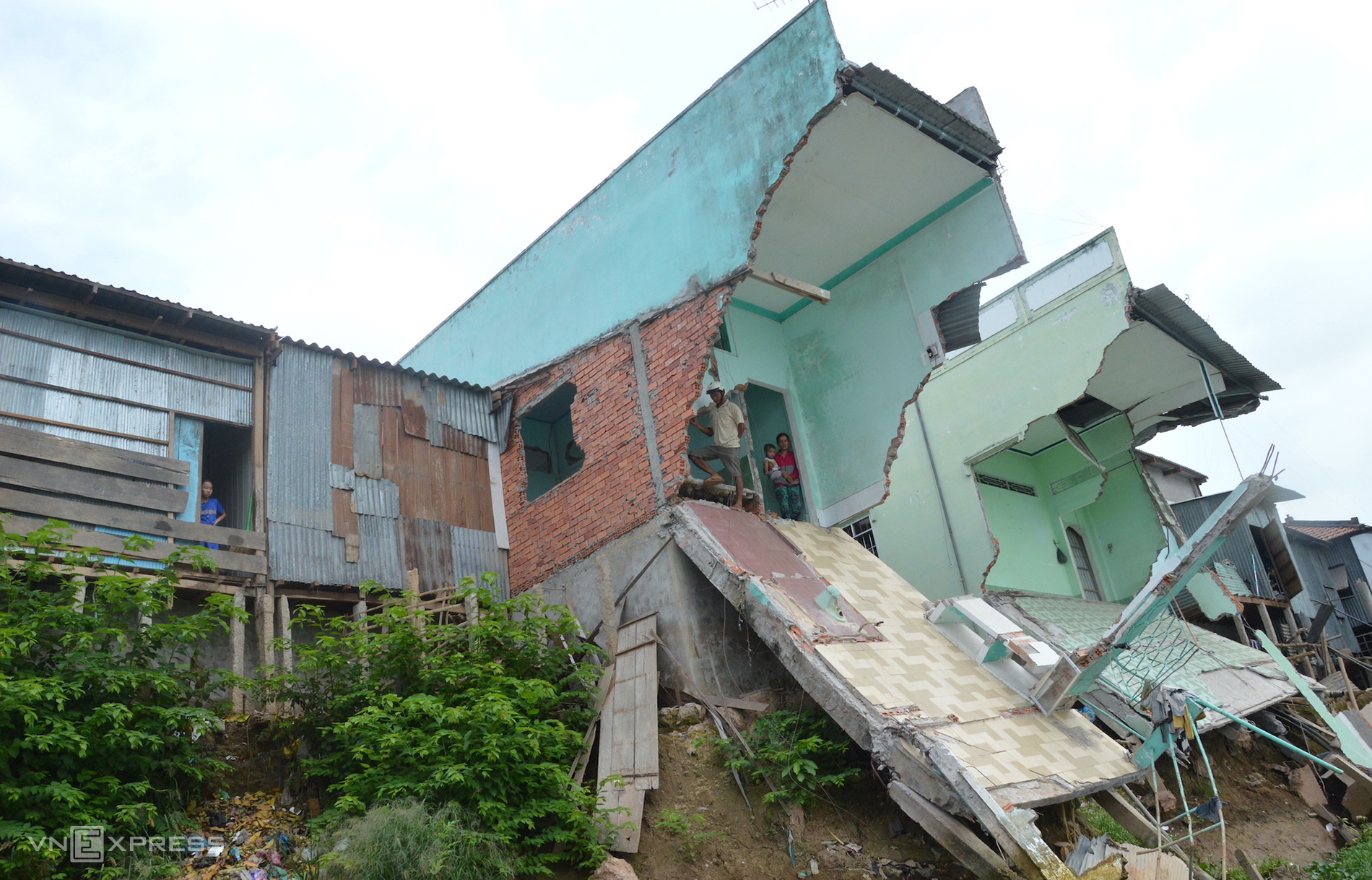
Master Nguyen Huu Thien further suggested that localities should have a survey team using motorboats along the important river routes, with ultrasonic equipment to measure the river bottom. Monthly data needs to be updated regularly to help specialized agencies detect abnormalities or "frog jaws" and landslide risks to proactively evacuate people.
"Landslides cannot be stopped while the cause of them remains," he warned.
The lack of sand for transport infrastructure projects, especially highways, is a common concern of the southern provinces. However, as the number of landslides increases and infrastructure projects continue to be "thirsty" for sand, the Mekong Delta will have to balance the need for economic development and the protection of the increasingly "shrinking" delta.
After two decades of observing the Mekong, Mr. Marc Goichot predicted that at the current rate of exploitation, the Mekong Delta will run out of sand by the end of 2040. If the delta runs out of sand, the economy will no longer have "raw materials" to develop. Vietnam only has about 20 years to prepare for this process.
"At that time, negative sand banks will no longer be an abstract concept. The budgets of the Western provinces will also be negative by thousands of billions of VND each year when having to deal with landslides, without any significant source of revenue to pay that debt," Mr. Goichot warned.
Ngoc Tai - Hoang Nam - Thu Hang
Correction:
When the article was published, there was an idea that incorrectly quoted the opinion of expert Nguyen Huu Thien. Immediately after receiving feedback, VnExpress made adjustments at 6:40 am.
Apologies to readers and Mr. Nguyen Huu Thien.
Source link


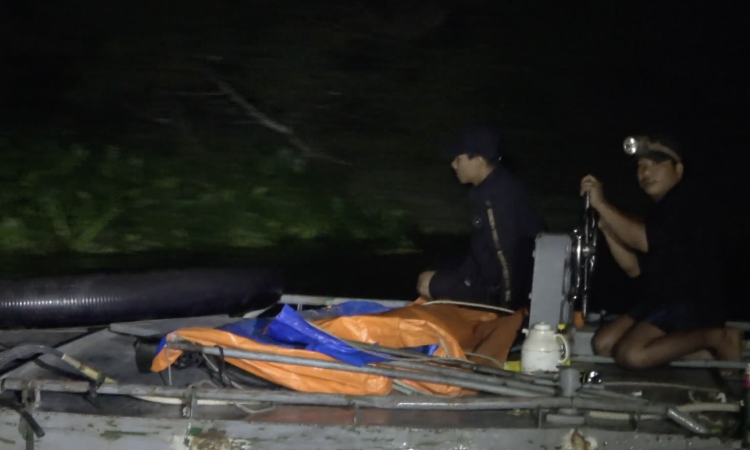






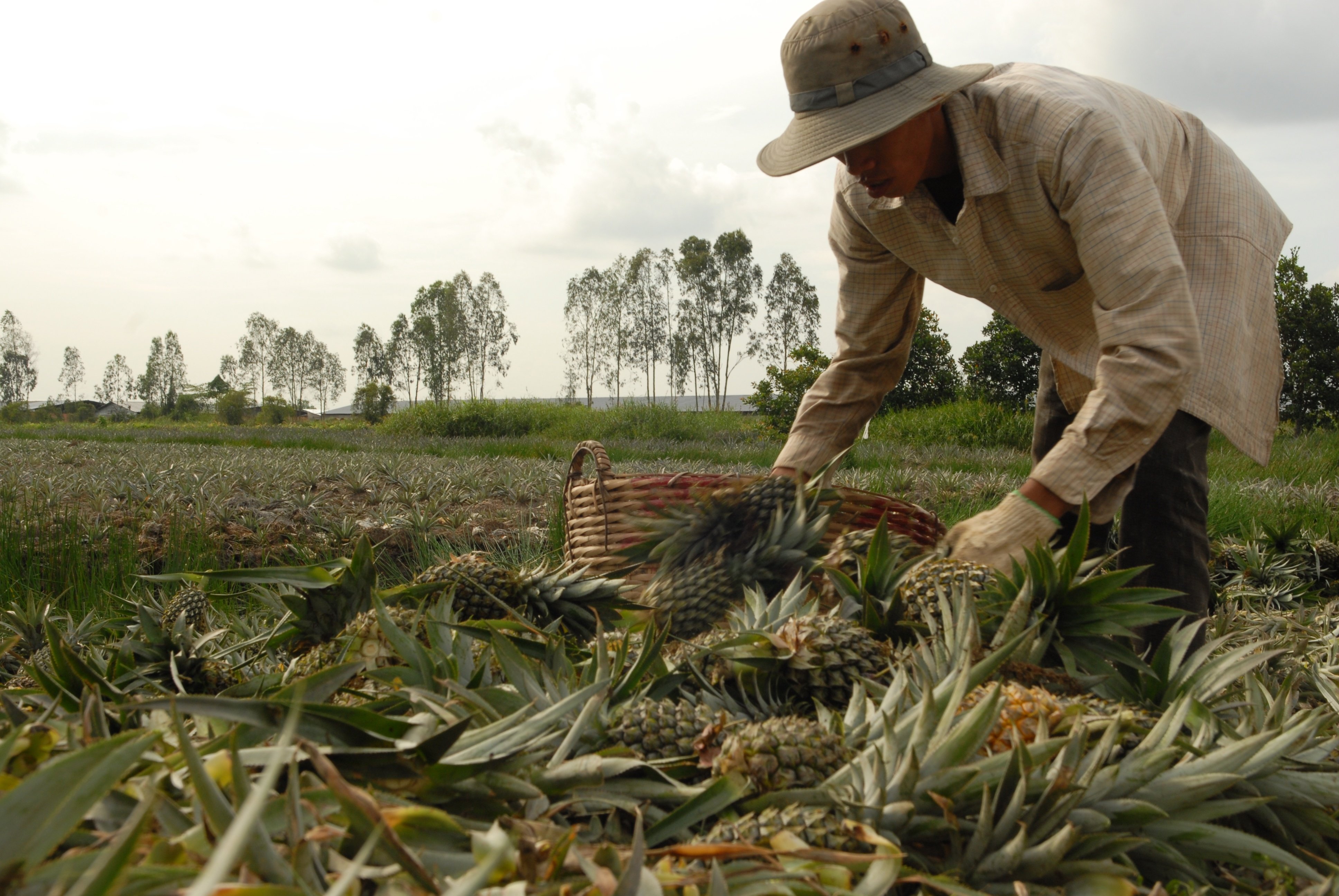
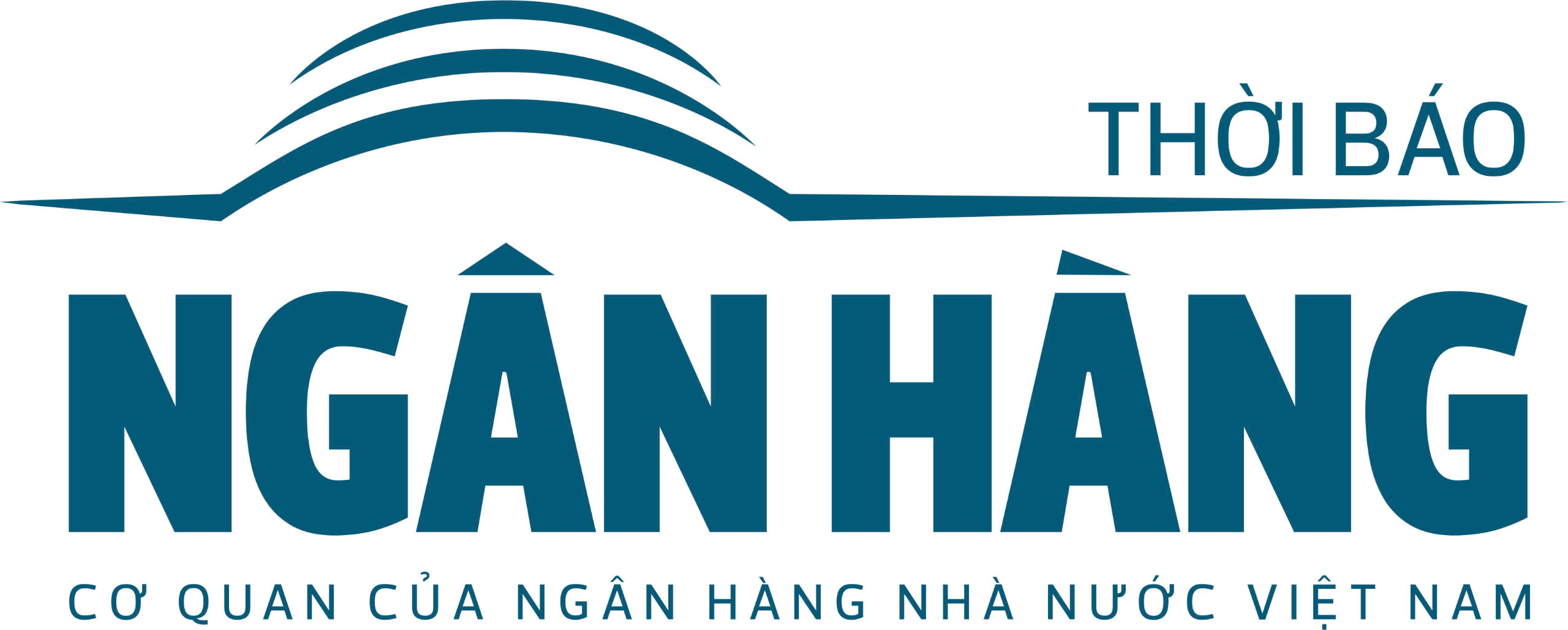
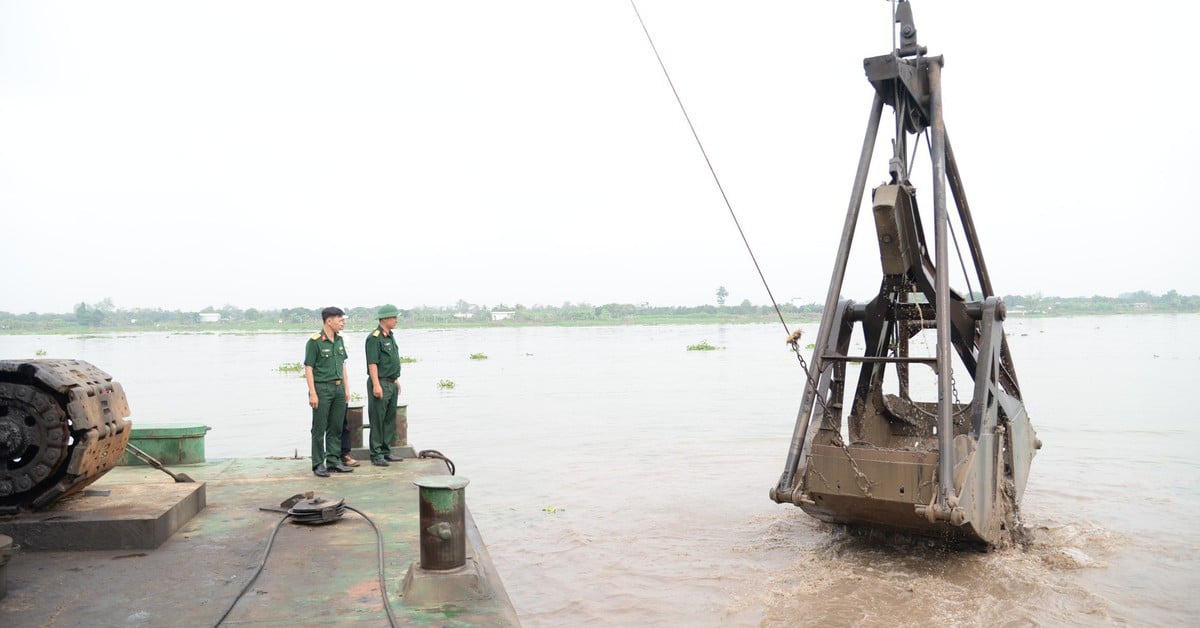



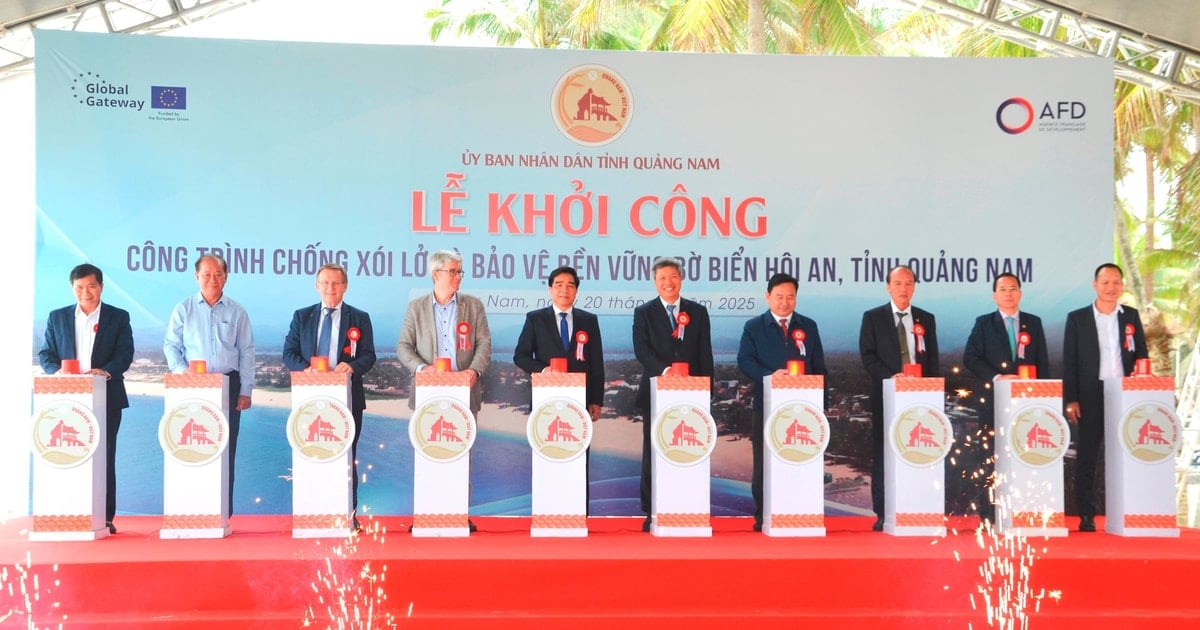

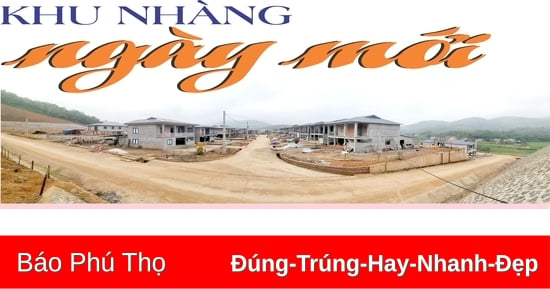
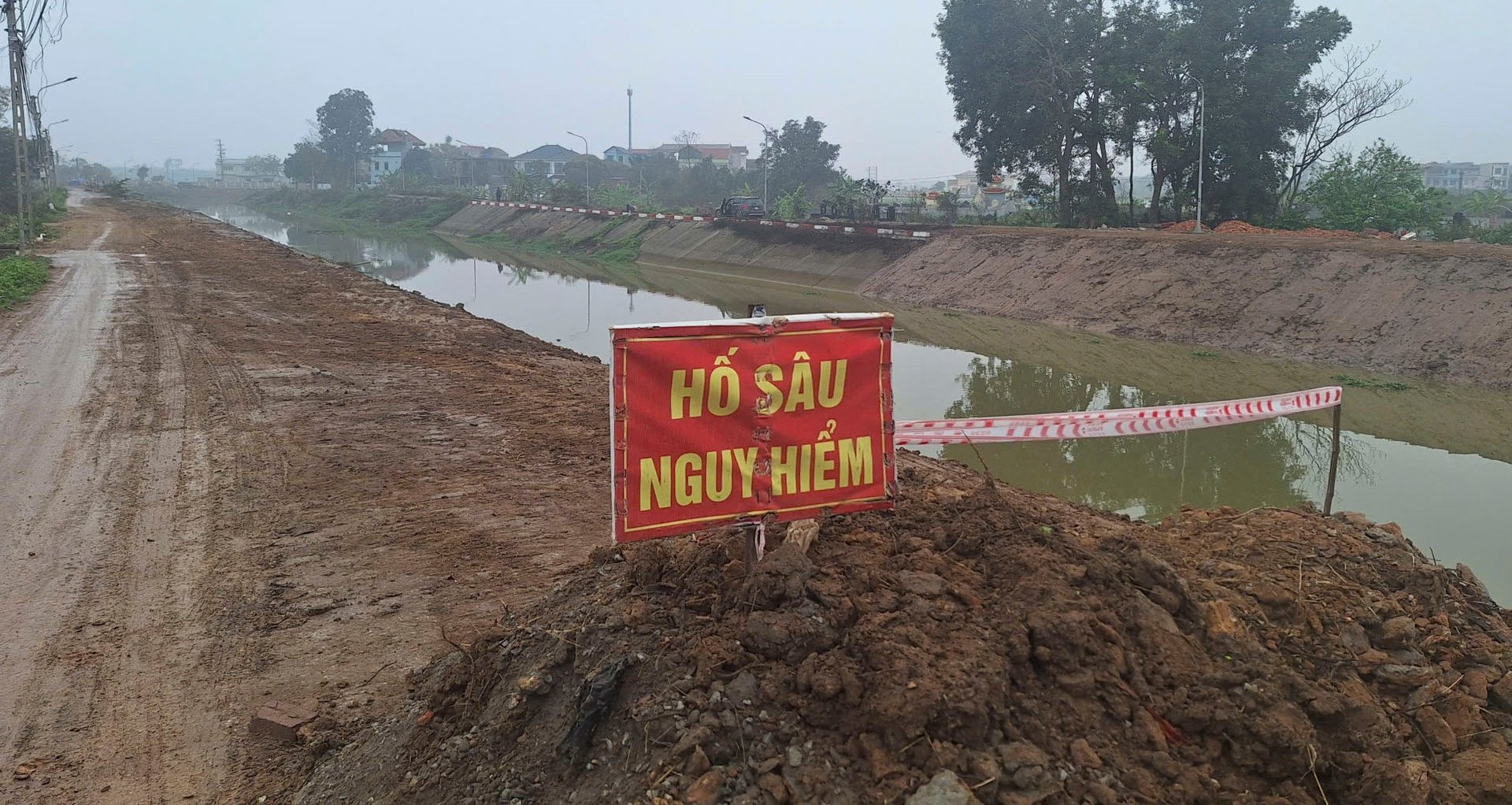















![[Photo] Solemn Hung King's Death Anniversary in France](https://vstatic.vietnam.vn/vietnam/resource/IMAGE/2025/4/6/786a6458bc274de5abe24c2ea3587979)

![[Photo] Vietnamese rescue team shares the loss with people in Myanmar earthquake area](https://vstatic.vietnam.vn/vietnam/resource/IMAGE/2025/4/6/ae4b9ffa12e14861b77db38293ba1c1d)



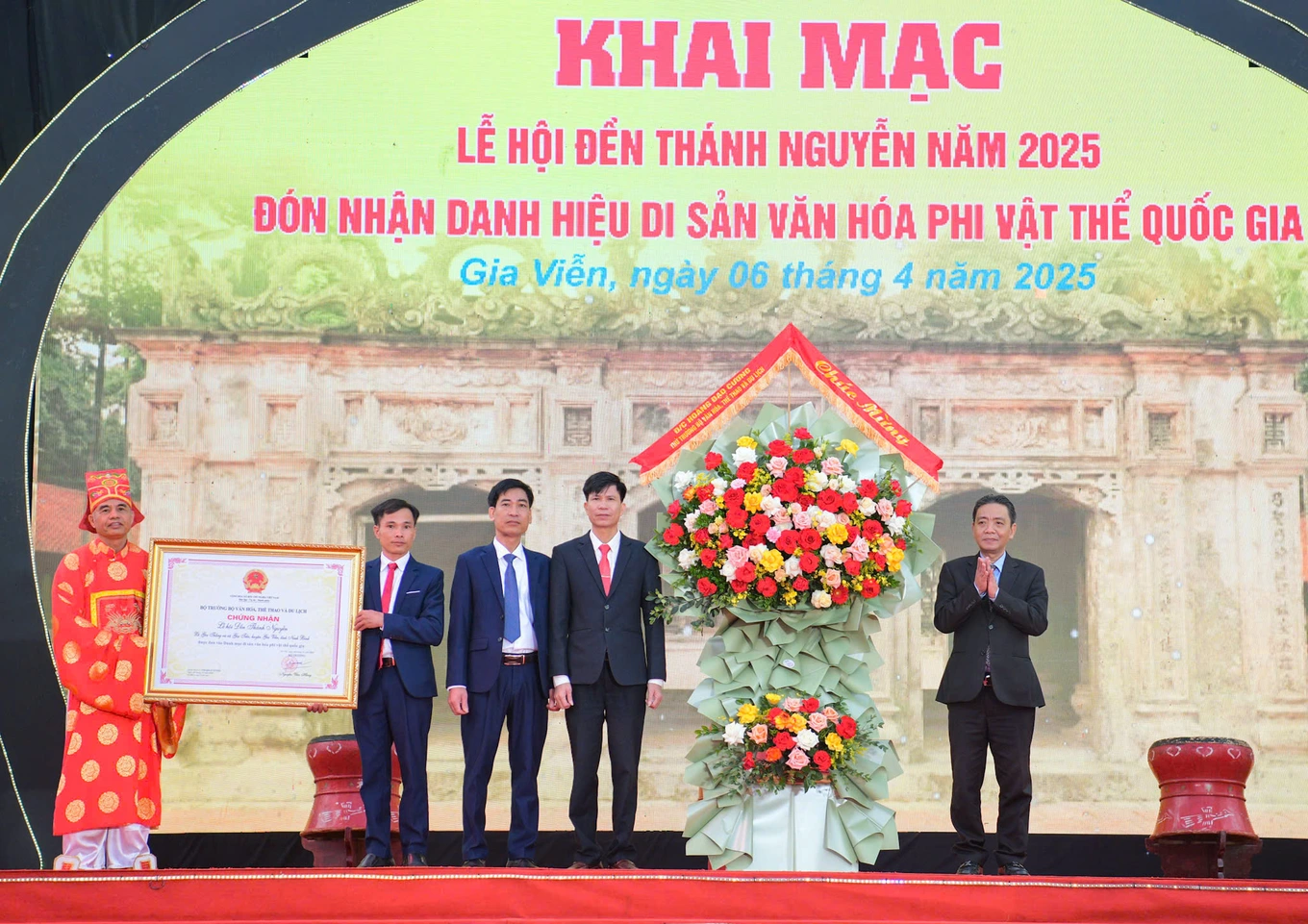



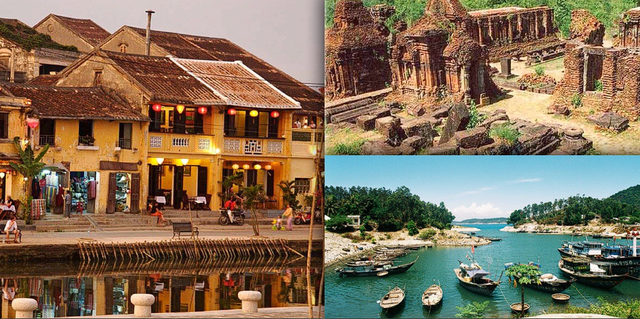

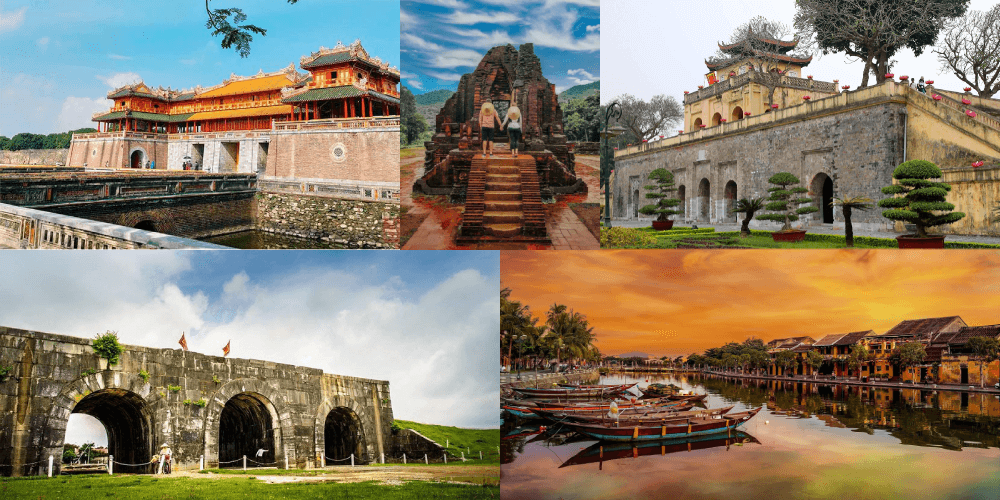













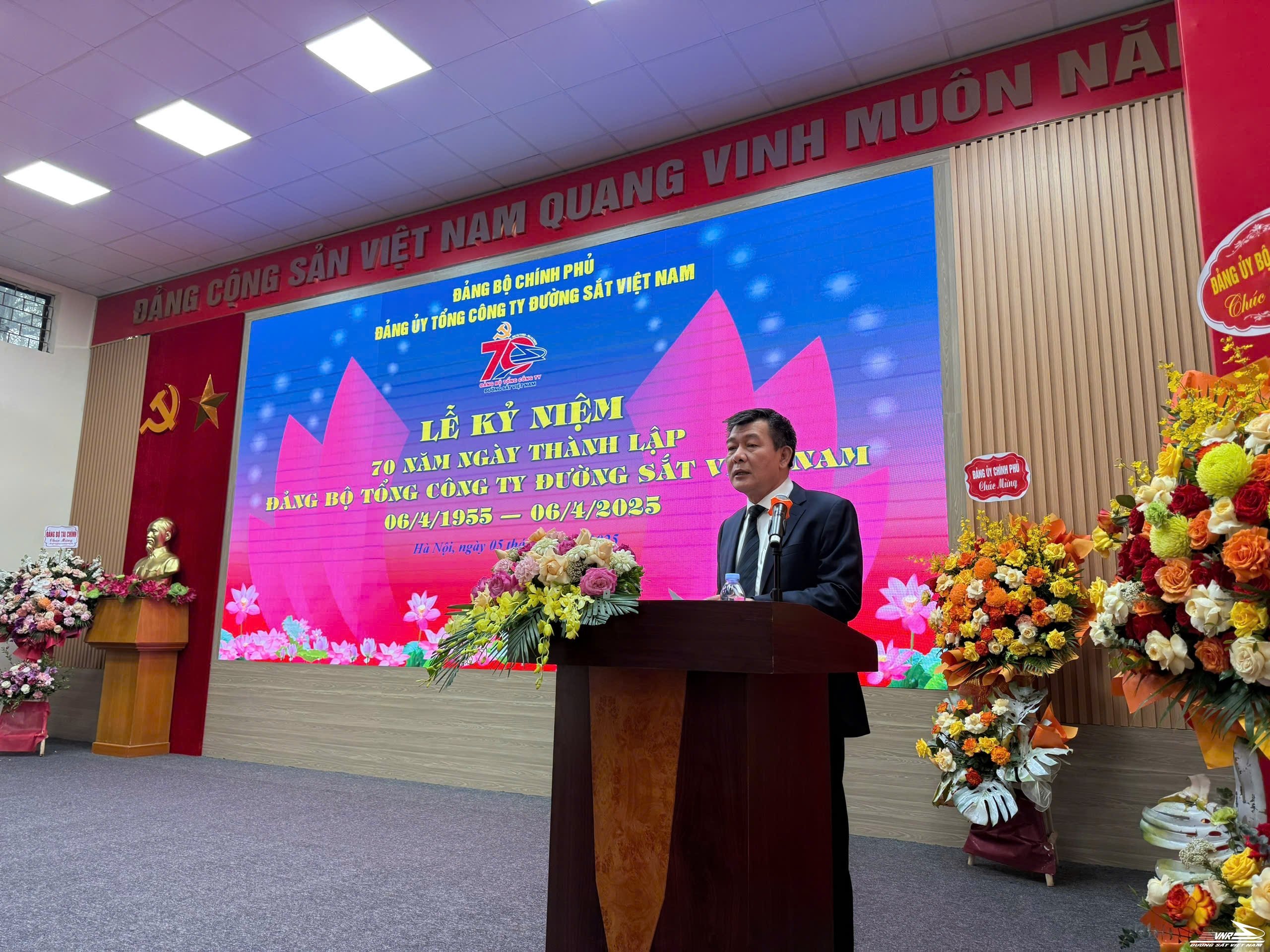


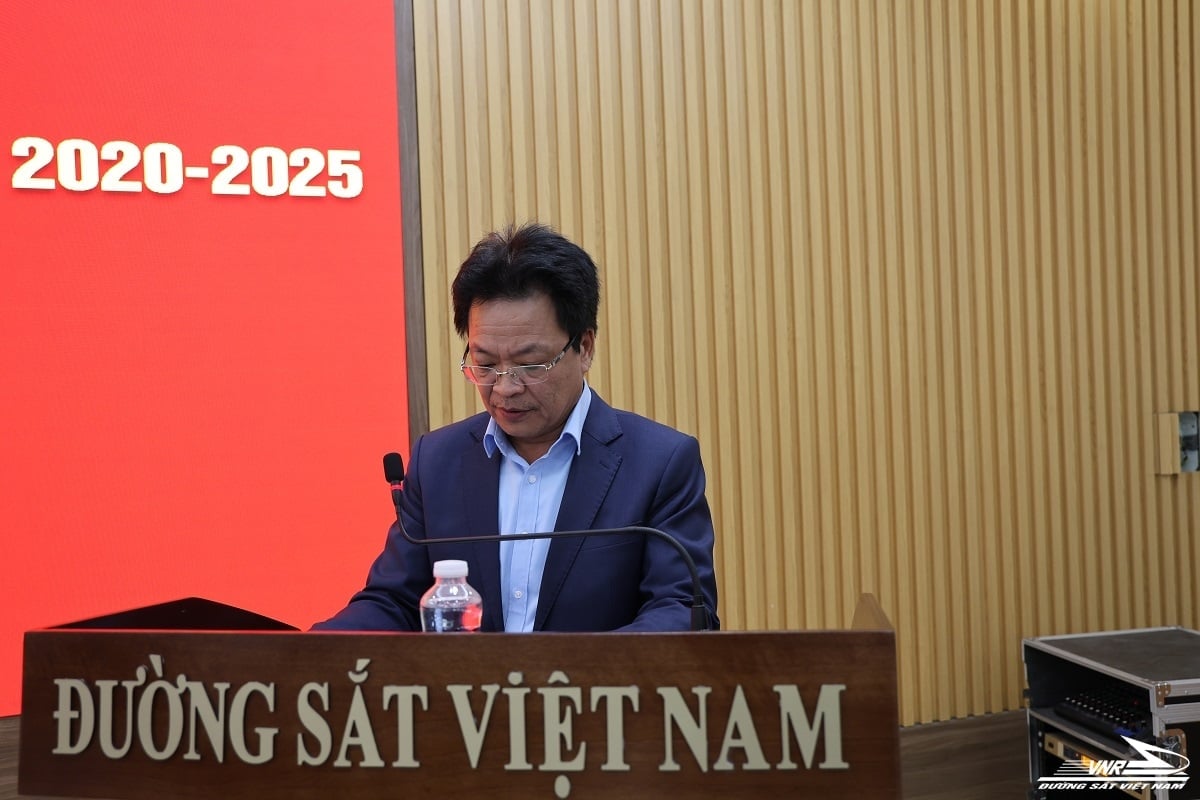
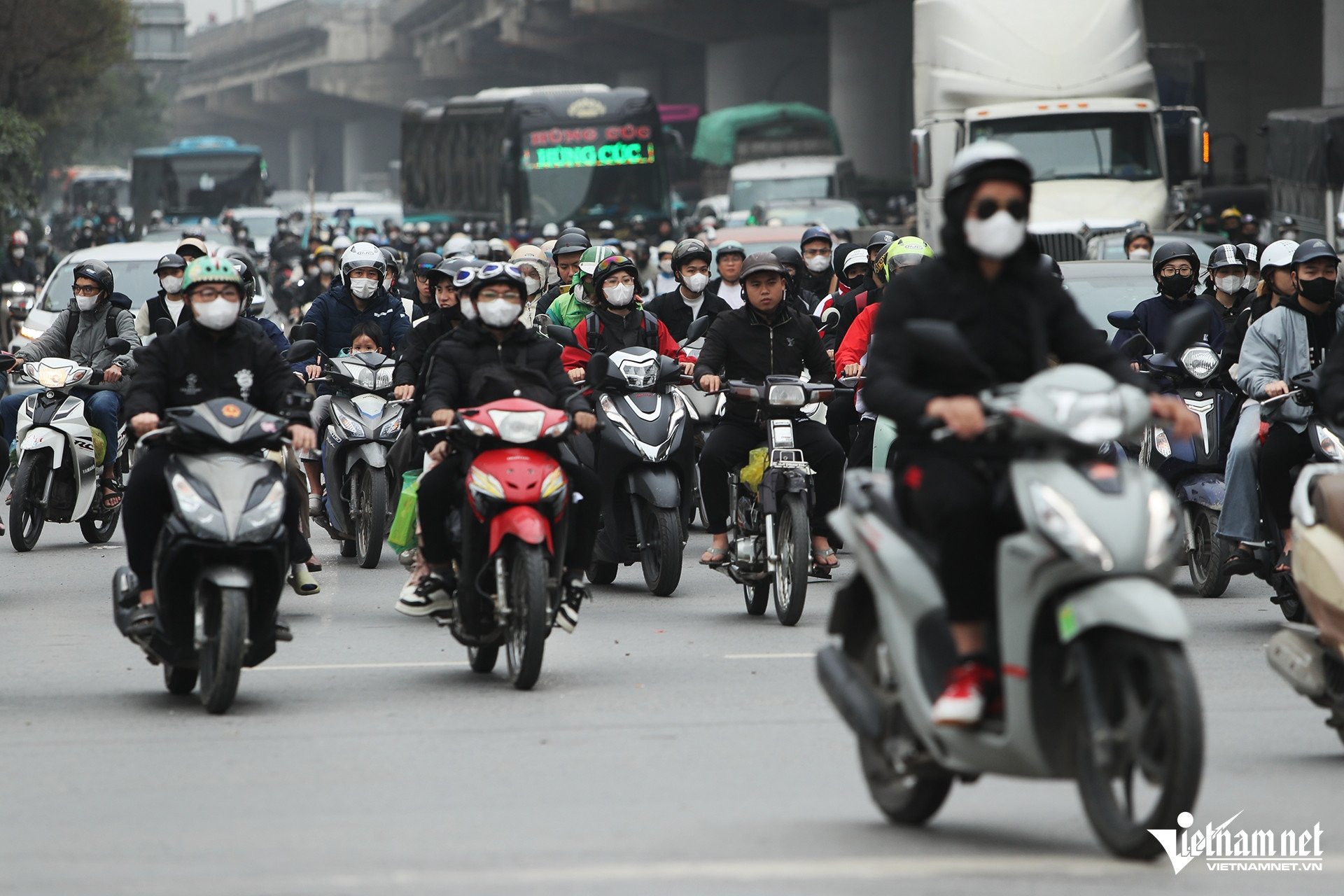
























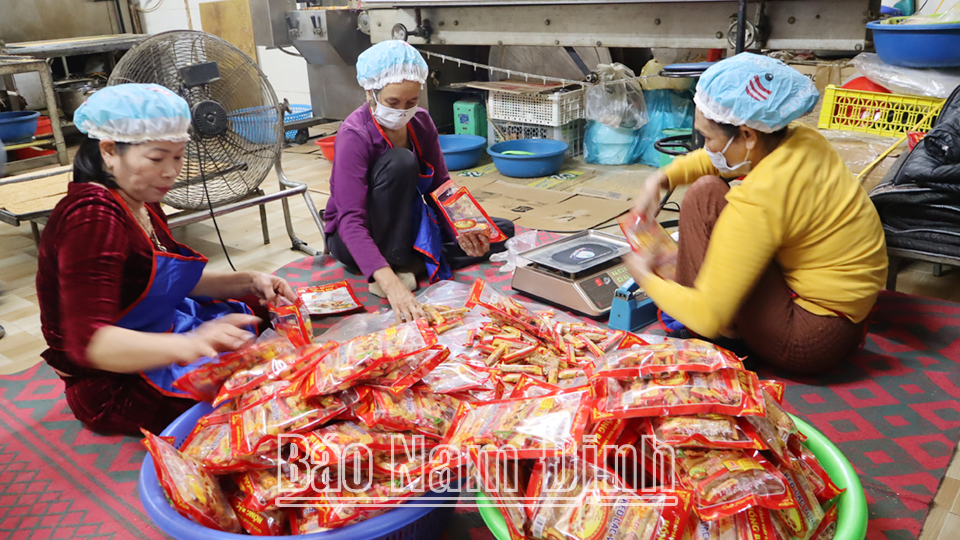





Comment (0)